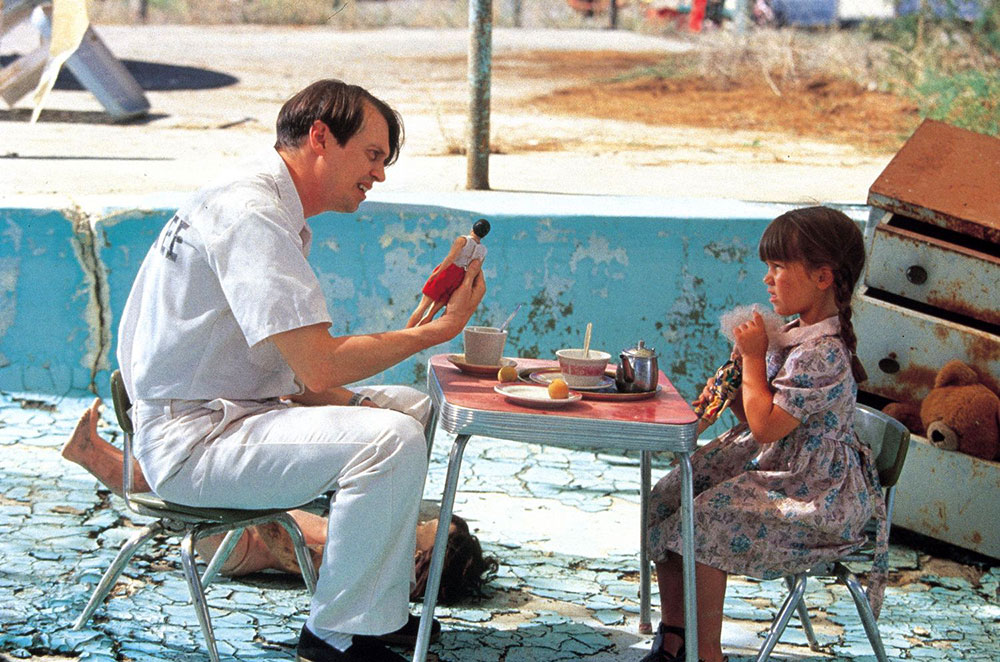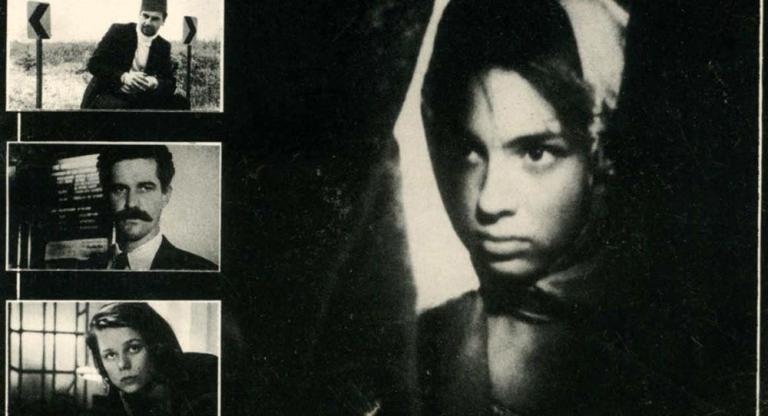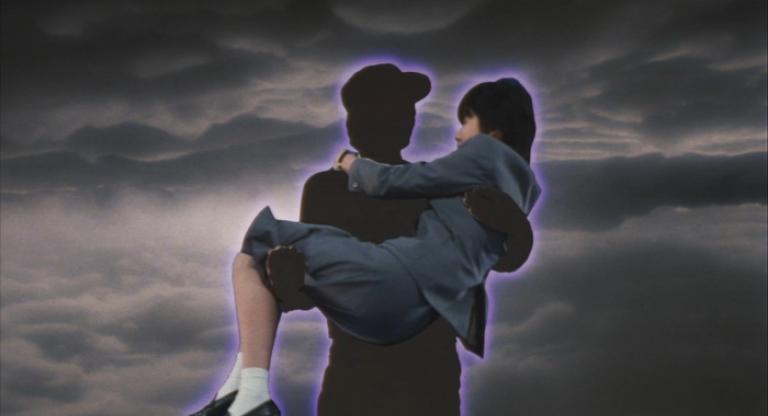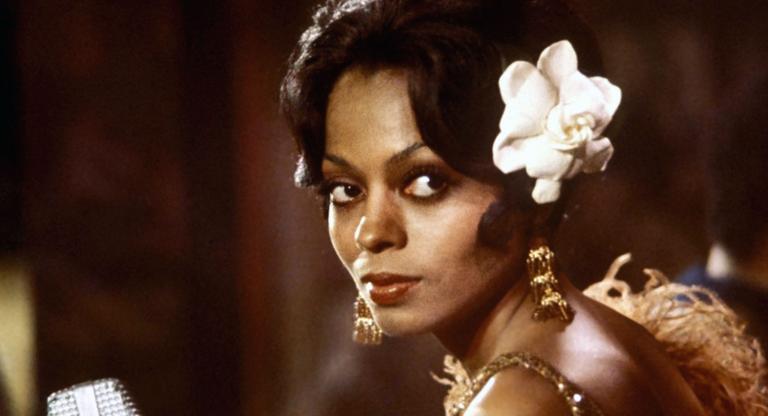When a U.S. Marshal in the 1993 L.A. Times article ‘When Jailbirds Fly, They Always Use ‘Con Air’’ declared “there’s never been a successful escape attempt on Con Air”, we were doomed to some Hollywood hack or another taking up the challenge via script. Fortunately it was routed to the right producer. You’d be hard-pressed to find a filmgoer unfamiliar with Jerry Bruckheimer’s brand of bombastic filmmaking. There are certainly those who turn their noses up at the slick results of his plucking directors (like Michael Bay, Tony Scott, and Adrian Lyne) from the trenches of commercial work to helm Hollywood features, but the man tries to give audiences their money’s worth of comfortingly familiar plot beats bracketed by set pieces and one-liners.
Con Air might be an ur-Bruckheimer, in that he was handed a gritty finished script about a second-chance con whipped up from a cheerful article about a cost-saving way to ship prisoners, and oversaw its amplification into a Southern Gentleman whose hands are deadly weapons just trying to get home with a stuffed bunny that incorporated the real-life destruction of a Vegas casino by hurling a plane at it. Con Air is a ridiculous movie. Proudly, obviously so. It does not take itself too seriously, but like its leading man Nicholas Cage, puts in 100% effort; even if the end result is pure ridiculousness, the workmanship is onscreen. But all this is known and written about in every listicle on the film.
Several years ago, I found myself stranded in Mexico thanks to a tri-state blizzard. As if snagging a last-minute hotel amid Cancun’s tourist nightmare wasn’t grating enough, the day before my flight was tentatively rescheduled I fell feverishly ill. As the sound of a hundred spring breaks unfolded below, all I could manage was profuse sweating and channel flipping the hotel TV. I paused hearing Trisha Yearwood croon “How Do I Live” as Nicholas Cage and Monica Potter swayed on a dance floor - Con Air had just started on a Spanish-language action channel.
Strangely, every character in the film was dubbed save for Steve Buscemi’s Garland Greene, a fact that came late as Greene is introduced a third of the way through, during a prisoner transfer on the already-hijacked plane. We know he is the most twisted among a plane full of hardened criminals as we are told so by gentler convict Baby-O (Mykelti Williamson), but for good measure Greene’s wheeled out in a souped-up version of Hannibal Lecter’s restraints. Greene alone was subtitled.
Screenwriter Scott Rosenberg wrote the character specifically for Buscemi, a personal friend, and despite actor Denis Leary sending bloody doll limbs with notes saying he was the character (shades of Sean Young and Catwoman), Buscemi got the part. Surrounded by ludicrousness, all Buscemi had to do to sell Greene, aka ‘The Marietta Mangler’, was be his wry, unassuming self.
At Con Air’s first test screening, Rosenberg and first-time feature director Simon West recall things zipping along until Rosenberg’s Frankenstein homage, where Greene wanders off and meets a girl playing alone in a trailer park. The original scene was significantly longer, and about a minute and a half in, a woman stood up, turned to Rosenberg and West and demanded “Why are you guys doing this to us?” before walking out. “Yeah, the bosses were not happy,” said Rosenerg. “It was supposed to be a big popcorn movie. It wasn’t supposed to be a Cronenberg film.”
I can only presume the Cronenbergian horror Rosenberg alludes to is Buscemi’s quiet demeanor or lack of buffness, and my surmise as to why just his character was dubbed has to do with the discomfort of that amid a well-oiled actioner. Also in a roundabout way, Mexico’s Catholicism - something about conservative moral renunciation of a man with a waft of pedophilia about him (despite the Bruckheimer touch ensuring we see the unharmed girl waving goodbye), in which case Jung’s shadow self was never more realized.




